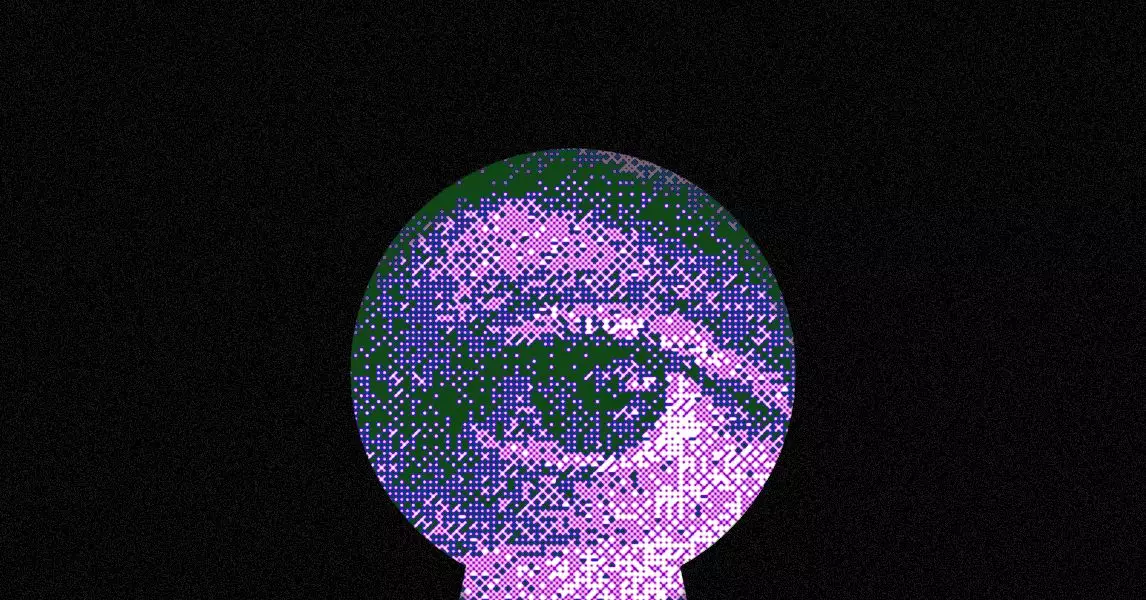Recent advancements in artificial intelligence (AI) have sparked a revolution in various sectors, and nowhere is this more evident than in software engineering and cybersecurity. The latest models, honed through rigorous research and immense data training, are transcending traditional limitations, proving their mettle not just in coding but also in identifying vulnerabilities within software. The staggering prowess revealed by researchers at UC Berkeley indicates a crucial turning point, not only for technology innovators but also for the future landscape of cybersecurity.
The study conducted by UC Berkeley’s researchers utilized a benchmark known as CyberGym, targeting a robust dataset of 188 large open-source codebases. The findings were monumental: AI-powered agents uncovered 17 new bugs, with 15 classified as “zero-day” vulnerabilities—security flaws previously unknown to developers. Dawn Song, a leading professor at UC Berkeley, emphasized the significance of these findings, alerting the tech community to the critical nature of these vulnerabilities. This research underscores the growing expectations that AI will soon become a formidable ally—and perhaps even a weapon—for cybersecurity.
AI Models: A New Force in Cybersecurity
The implications of these advances are vast. AI tools, like Xbow’s rising star on HackerOne’s leaderboard, illustrate this momentum. Recently, Xbow affirmed its place in the market with a substantial $75 million funding round, a testament to investors’ belief in AI’s transformative power. Song’s assertion that we are at a “pivotal moment” is more than an optimistic viewpoint; it encapsulates the urgency for businesses to adapt to an evolving threat landscape. The dual nature of AI’s capabilities means that as it bolsters defenses, it can inexplicably provide well-versed hackers with new ways to exploit systems as well.
Q&A sessions with the Berkeley team reveal that even preliminary testing exceeded expectations, hinting at untapped potential. As Song stated, their experiments lacked exhaustive budgetary support and time constraints, indicating that further investment could yield even greater discoveries in identifying security flaws. The notion that AI models could become automated pipelines for discovering and exploiting vulnerabilities raises urgent questions about the ethics of their implementation.
Comprehensive Testing Methodologies
The UC Berkeley study delved into a plethora of AI models, analyzing traditional frontier models from tech giants like OpenAI, Google, and Anthropic, alongside innovative open-source solutions from corporations like Meta and Alibaba. The multifaceted approach involved inputting known software vulnerabilities into these AI models, prompting them to sift through new codebases and independently search for unknown flaws.
The outcome was significant; hundreds of proof-of-concept exploits were laid bare, out of which 15 previously undetected vulnerabilities emerged. Moreover, two vulnerabilities were found that had already been identified but not disclosed publicly. This highlights the efficacy of AI in automating zero-day vulnerability discovery, propelling it toward becoming an essential tool within cybersecurity frameworks.
Yet, the limitations of these technologies also became evident. The AI systems struggled to pinpoint more intricate flaws, emphasizing that we are still in the early days of AI’s capabilities. A balanced understanding of potential and limitation is crucial, especially when addressing grave concerns surrounding AI misuse in adversarial hands.
The Broader Implications of AI on Cybersecurity Strategies
As companies lean more heavily on these innovative AI technologies, the balance between enhancing security and preventing exploitation becomes a pressing consideration. Security expert Sean Heelan’s recent discovery of a zero-day vulnerability in the Linux kernel underscores the urgency of integrating AI into existing cybersecurity paradigms. With the capability to discern threats previously hidden from human eyes, AI tools present both opportunities and risks.
Last November, Google’s Project Zero made headlines by unveiling an unknown software vulnerability using AI, reinforcing the belief that this technology is not merely a trend but rather a transformative force shaping cybersecurity strategies. The commercial viability of these AI models invites a wave of investment, as many tech firms strive to unlock their expansive potential. However, this ignites an ethical dialogue about the nature of AI in cyber warfare and whether the pursuit of security can justify the implications of automated hacking tools.
The intersection of AI and cybersecurity is fraught with complexity. While the advancements promise sophisticated defense mechanisms against increasingly dynamic threats, they also pose formidable challenges. Understanding how to harness AI effectively while mitigating its potential for misuse requires an open dialogue within the technology community, ensuring safety doesn’t come at the cost of ethical integrity.

